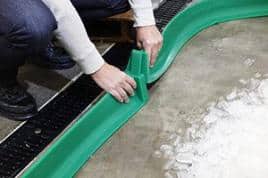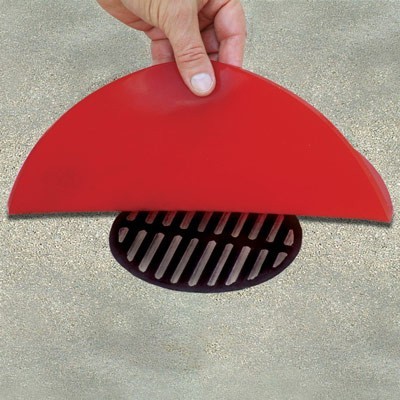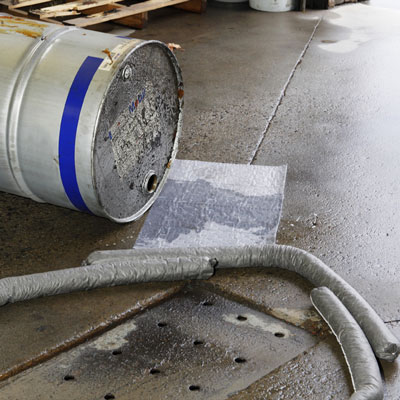Stormwater drains are a leading cause of water pollution
When a storm comes through, rainfall quickly flows over your outdoor loading ramps, staircases, and other paved areas. It’s easy to dismiss any stormwater pollutants that may be washing away with all that rain water.
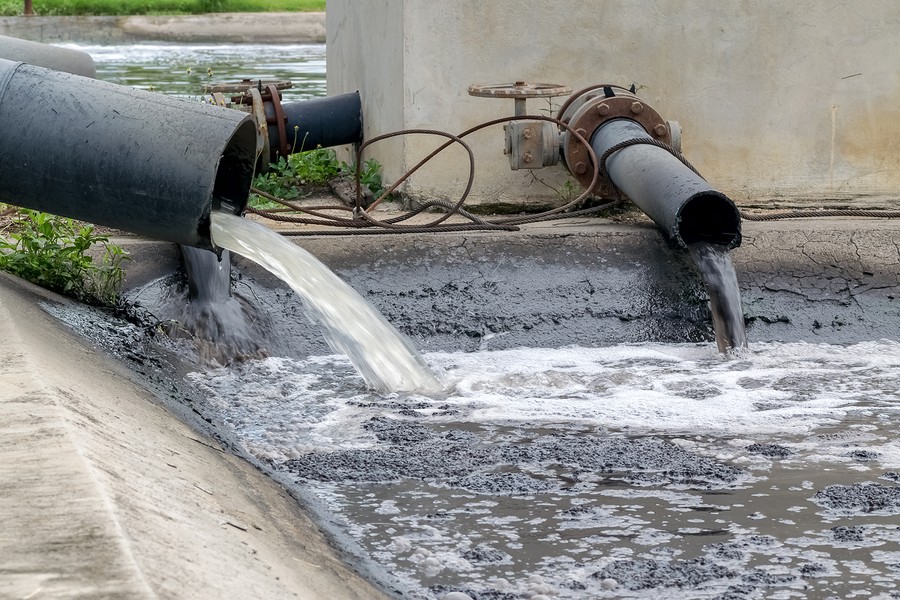
It’s not only rain that flows through stormwater drains
But trash, pesticides, pet waste, vehicle drippings and other contaminants you work with easily end up in local waterways through snowmelt and stormwater runoff.
But those are just small amounts, right?
That’s what people thought 50 years ago, too.
In the early 1970s, the Environmental Protection Agency (EPA) set up the Clean Water Act after it began to discover just how dangerous stormwater pollutants are. In fact, they’re one of the leading causes of water pollution today.
Over the decades since then, EPA stormwater regulations continue to change, keeping pace with new research and information about water pollution. In fact, as recently as 2017 the EPA issued a new regulation on stormwater permitting.
Why keep contaminants out of our water systems?
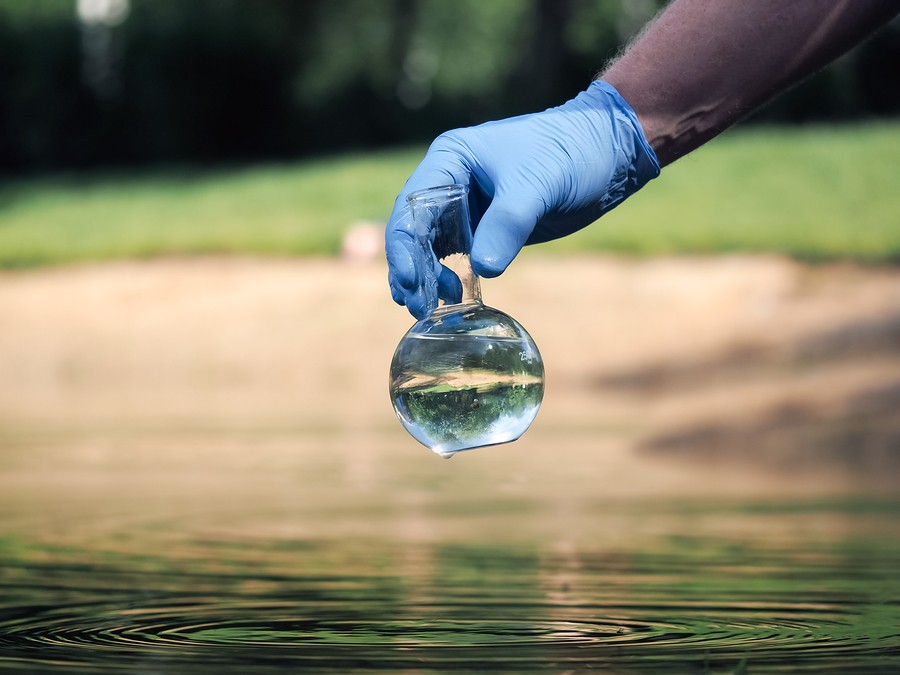
A clean water system offers many benefits
In short, stormwater management is essential to preserve water quality and other natural resources in the United States (as well as the rest of the world).
Pollutants in urban stormwater flow directly into our rivers, lakes and streams. That’s right, it doesn’t pass through treatment plant facilities as with storm sewer systems and septic systems. That’s because storm drains need to quickly route rainwater off impervious surfaces. With parking lots and rooftops in urban areas, this helps prevent flooding.
There are many benefits to keeping water-bodies free of harmful contaminants like anti-freeze, motor oil, and heavy metals. Besides protecting public health and ensuring clean drinking water supplies, other positive effects of storm-water pollution prevention include safeguarding delicate wetland ecosystems and aquatic life, as well as conservation of water resources.
How your facility can prevent and control the spread of stormwater pollutants
There are different federal regulations for stormwater discharge, depending on the application — be it industrial, construction, municipal, or transportation. But no matter what sort of work you do at your facility, implementing best management practices is key to preventing and controlling the spread of contaminants through stormwater runoff.
One simple way to control what passes into the water system is monitoring your drainage. Effective drain and stormwater management ensures runoff goes where you want it and that you filter it before it leaves your facility.
Here are some other tips and options for your business to consider:
Construction Sites
On build sites, preventing loose soil or building materials from entering drainage systems is key. Storm drain filter inserts can be very effective and affordable solutions to stop those pollutants. These units quickly insert into the drain grate to keep sediment, litter, and debris out of stormwater systems.
Of course, you can only filter out pollutants when you can direct runoff into storm drains! If you have rain water going all the wrong ways, you can use spill containment berm dikes to reroute water outfalls where you want it to go.
Industrial Facilities
Sites handling hazardous materials are often prone to overflows or equipment leakages that can easily cause stormwater pollution. Do you need to temporarily seal a drain while you clean up a spill or leak? A reusable, chemical-resistant drain cover seal or a drain plug can temporarily block a drain until you get the spill under control. Seals and plugs can also keep drains sealed when they’re not in active use and prevent unwanted discharge of fluids.
Has oil ended up in your drain catch basin, despite your best efforts? A passive oil skimmer can solve that problem for you. These free-floating units continually absorb surface water pollutants. They also remain buoyant even when completely saturated with hydrocarbons and are quick and easy to replace.
Maintenance Facilities
Motor oil, grease and anti-freeze are just a few obvious pollutants to be mindful of at automotive and equipment maintenance sites. Ensure you have (and use!) the appropriate equipment like drip pans, absorbents and spill kits on hand. Keep shop floors tidy by sweeping regularly, not hosing them down, and clean up spills promptly.
Spill containment berms offer practical solutions to catch leaks and drips during outdoor maintenance activities. They are also a good option for sites storing equipment outdoors on impervious surfaces, like parking lots, that are prone to oily surface sheen.
Green Options
For businesses operating in mix land use locations, green infrastructure practices (like using rain barrels to collect and store clean water from rooftops or gutters) are becoming increasingly popular. These help limit the volume of water passing into drainage systems and thereby reducing the potential for contaminants to flow with it.
Likewise, rain gardens are a great option for sloping sites or those alongside stream banks. Not only are they attractive to look at, they help absorb pollutants to protect our aquatic habitats.
Stormwater Products and Pollutant Prevention Advice
If you have any questions or need help choosing which stormwater products are right for you and your operations, get in touch with us today.
You can’t control when it rains, but you can control how much your facility contributes to stormwater pollution. With the right products, that rainwater can leave your facility as clean as it was when it arrived!
This is a revision to a post with an original publish date of April 11, 2017.
